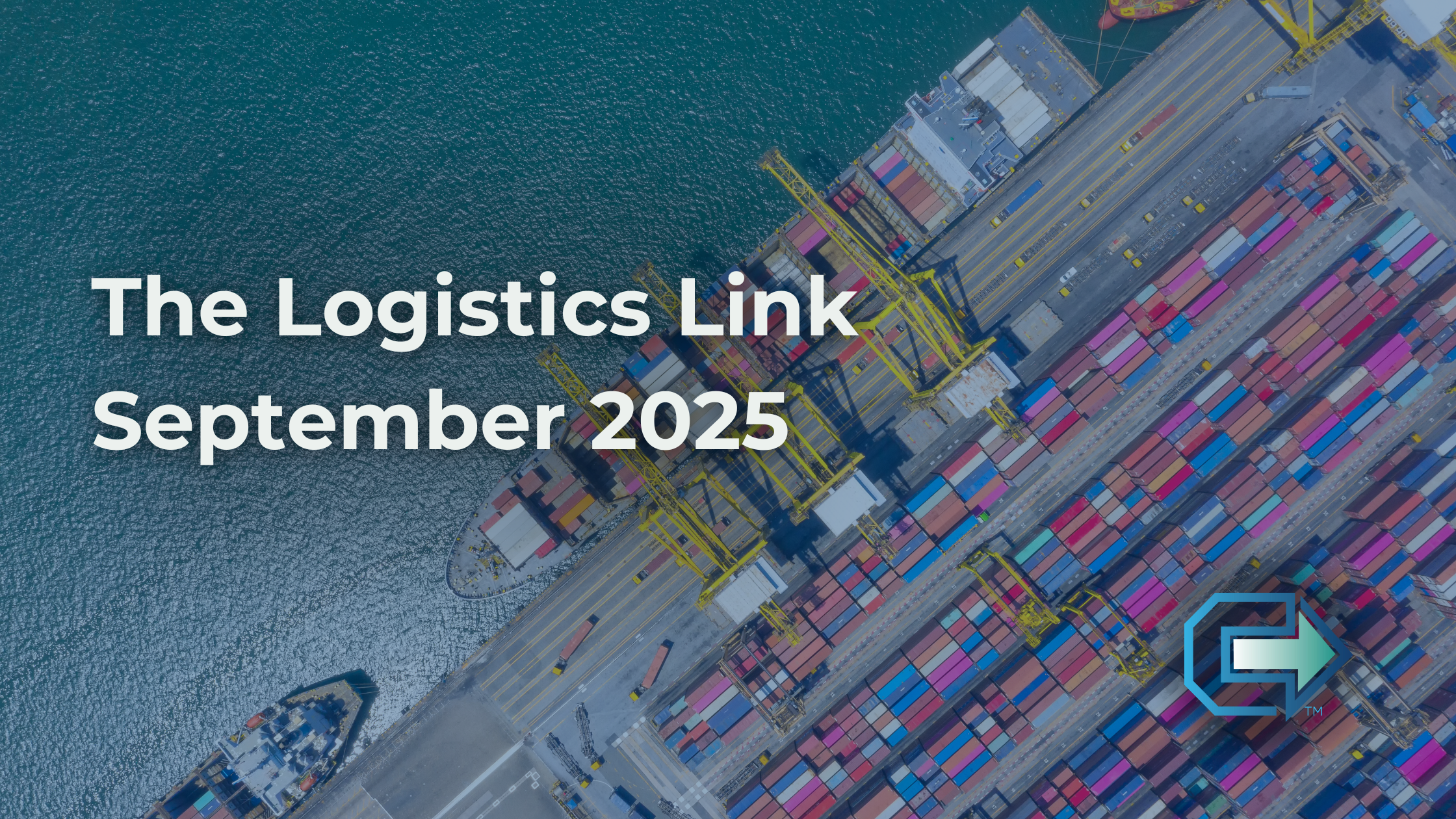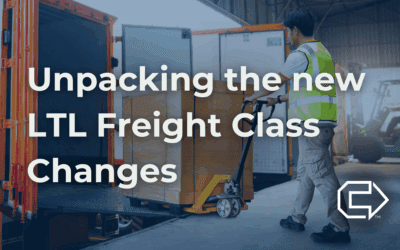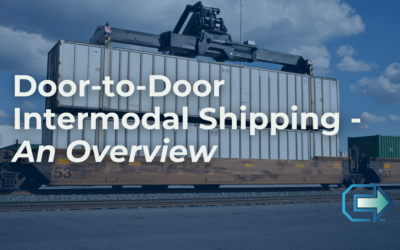Rail Terminals Maintain Stability Amid Inland Point Intermodal Volume Surge
Since the beginning of August, Inland Point Intermodal (IPI) volumes have increased significantly, placing added pressure on North America’s rail networks. Despite the volume spike, major railroads, including BNSF and Union Pacific (UP), have maintained fluid terminal operations, avoiding the congestion often associated with demand surges.
IPI volume typically involves containerized freight arriving at ports and transferring to rail for inland movement. Increases in this traffic can lead to terminal backlogs, equipment shortages, and dwell time challenges. However, both BNSF and UP reportedly implemented proactive measures to support operational flow, such as adjusting train schedules, staging railcars, and monitoring traffic data to respond to potential bottlenecks in real time.
Maintaining terminal efficiency during a surge period helps reduce the risk of disruptions across the broader supply chain, particularly for time-sensitive freight or high-volume corridors. The ability of railroads to adjust to changing volume levels continues to be a focal point within intermodal operations.
BNSF and CSX Introduce Joint Intermodal Service in Wake of UP-NS Merger Plans
In response to recent merger activity between Union Pacific and Norfolk Southern, two other Class I railroads, BNSF and CSX, have partnered to launch new joint intermodal lanes. The collaboration expands their respective service footprints and offers additional routing options across key domestic markets.
The new service allows for seamless freight movement between the BNSF and CSX networks, opening up new origin-destination pairings that previously required third-party interchange. While exact lane schedules and capacity allocations have not been publicly detailed, the move signals a broader industry response to consolidation and shifting service demands.
The introduction of these joint lanes also reflects ongoing efforts among railroads to create more flexible, interconnected networks amid rising shipper expectations and variable demand patterns. With more routing options in play, the competitive landscape within intermodal transportation continues to evolve.
Port of Lázaro Cárdenas Sees Trucking Blockade Amid Ongoing Operational Concerns
In late August, a group of truck drivers staged a blockade at Mexico’s Lázaro Cárdenas Port, one of the country’s key Pacific gateways. The protest reportedly stemmed from growing frustration with long wait times, inefficient gate procedures, and infrastructure limitations. As a result, truck access to the port was temporarily disrupted, leading to congestion and delays in container movement.
While the blockade has since been lifted, the event underscores persistent challenges tied to port congestion, labor dissatisfaction, and limited terminal capacity. Lázaro Cárdenas plays an important role in trade between Asia, North America, and Latin America, and delays at the port often create ripple effects across broader freight corridors; particularly for time-sensitive cargo moving inland from the Pacific coast.
Similar disruptions have occurred in recent years across Latin American ports, with industry stakeholders continuing to highlight the need for improved infrastructure and investment in port processes. The situation at Lázaro Cárdenas has reignited conversations around modernization efforts and the long-term resilience of cross-border freight networks.
Supply Chain Shortage Risks Remain Despite Stabilization in Some Sectors
While certain areas of the global supply chain have shown signs of stabilization in recent months, many industry observers continue to highlight the risk of renewed, widespread shortages across product categories. The potential for disruption remains tied to several familiar variables: raw material availability, labor market fluctuations, geopolitical tensions, and transportation capacity constraints.
Over the past year, many organizations have adapted to volatility by increasing supply chain visibility and reviewing sourcing strategies. However, systemic vulnerabilities persist, and even minor disruptions can escalate quickly when supply chains are already operating with limited slack.
Industry discussions have increasingly focused on resilience planning, supply diversification, and real-time monitoring of inventory and production inputs. Analysts note that while the current environment is more predictable than in previous crisis periods, the underlying factors that led to past shortages have not been fully resolved.
Tariff Pressures Continue to Influence Freight Routing and Cost Structures
Trade policy developments and ongoing tariff fluctuations continue to impact logistics strategies across a variety of industries. While the overall volume of new tariffs has slowed compared to previous years, changes to existing policies and ongoing uncertainty around future agreements have kept tariffs on the radar for many supply chain teams.
Companies affected by tariffs are adapting through a variety of operational changes. These include shifts in sourcing origins, changes in transport modes, and reconfiguration of import flows to reduce exposure. In some cases, domestic warehousing strategies have also evolved in response to tariff-driven cost pressures, particularly where just-in-time models have been replaced with more flexible inventory positioning.
Customs processes, documentation requirements, and duty classifications have also seen increased scrutiny in recent months, as organizations work to ensure compliance with shifting rules. These factors continue to shape the way goods are moved, stored, and routed across global networks.






